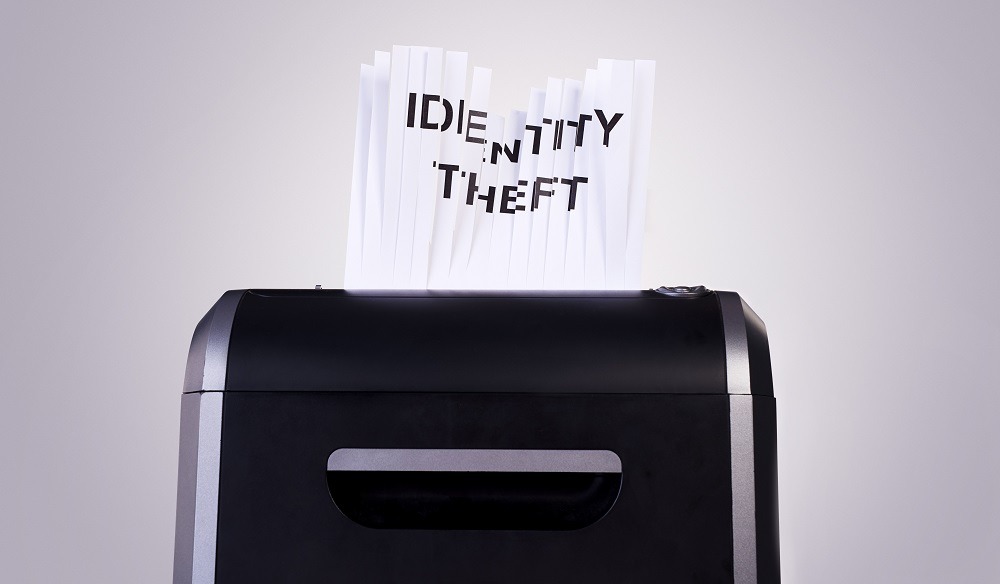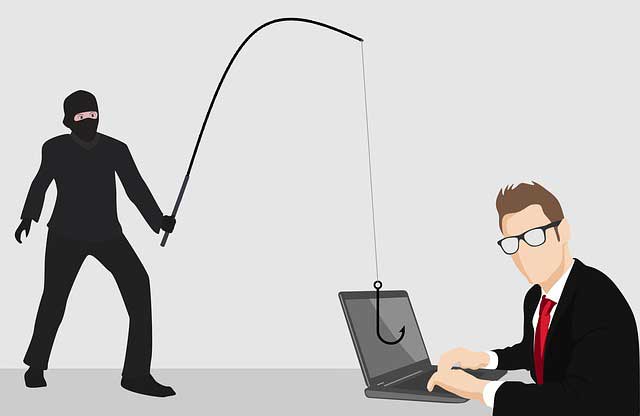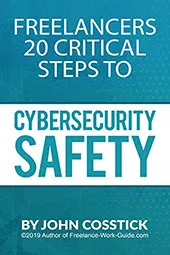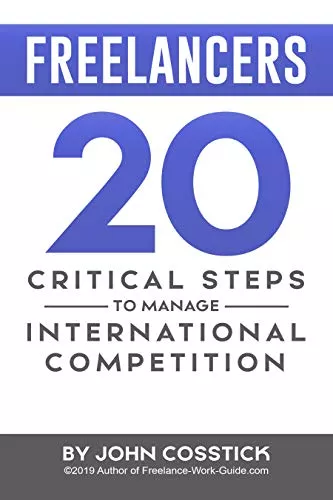Identity theft hits millions every year. It’s key to know how to stop it. Cyber thieves use weak online habits and data breaches to harm finances and privacy. This article shares ways to keep your info safe, from digital security to spotting danger signs.

By using these tips, you can lower your risk. This helps protect you from new threats.
Key Takeaways
- Monitor financial accounts weekly to spot unauthorized transactions.
- Create unique passwords for every online service.
- Enable multi-factor authentication on banking and email accounts.
- Never share Social Security numbers unless it’s legally required, and ensure the requesting party is trustworthy.
- Freeze credit files to block unauthorized credit applications.
Understanding Identity Theft: Definition and Types
Identity theft happens when someone takes personal info like Social Security numbers or bank details to scam people. It affects millions every year. Knowing about it is crucial for identity theft prevention tips. It’s important to understand the different types to protect yourself.
The Different Forms of Identity Theft
Identity theft comes in many forms:
- Financial: Scammers open credit cards or loans with stolen info.
- Medical: They use health insurance to get treatments or drugs they shouldn’to have.
- Criminal: They commit crimes by pretending to be someone else to avoid getting caught.
Common Scams and Fraud Techniques
Scammers use these tricks to trick people:
- Phishing: They send fake emails or texts to get login details.
- Fake Tech Support: They call claiming to fix computer issues to install malware.
- Card Skimming: Card Skimming: Devices placed on ATMs or gas pumps capture payment card information. Always inspect card readers for tampering before use.
Knowing about these scams helps you use identity theft prevention tips every day.
Recognizing the Warning Signs of Identity Fraud
Stay alert to protect yourself from identity theft. Look out for unexplained charges on bank statements or credit card bills. Also, watch for unfamiliar accounts on your credit report, sudden loan denials, or unexpected debt collector notices.
- Unexpected account activity: Transactions in foreign locations or at unfamiliar businesses.
- Missing mail: Unopened bills or statements could signal a postal address change made without your consent.
- Strange medical bills: Charges for treatments you never received may indicate medical identity theft.
Check your credit reports annually at AnnualCreditReport.com. Set up alerts for account login attempts and review bank activity weekly. Free tools like Credit Karma or LifeLock’so detection services offer real-time alerts.
Be cautious of strange emails or calls asking for personal details. Legitimate companies never ask for your Social Security number via email. If you notice anything odd, contact your financial institutions right away. Freeze accounts and file fraud alerts with the FTC. Quick action is key to minimizing damage and protecting yourself from identity theft.
Tips on Preventing Identity Theft: Practical Advice
Protecting your personal data from fraud is key. Start with constant vigilance and smart habits to lower risks.
Keeping an eye on your info and acting fast is crucial. Here’s how to stay safe:
Steps for Monitoring Your Personal Information
- Get free credit reports once a year at AnnualCreditReport.com to find unknown accounts.
- Set fraud alerts with Equifax, TransUnion, and Experian for a year or freeze your credit to block access.
- Turn on alerts for all financial accounts to catch odd activity right away.
- Use services like LifeLock or Experian to watch for online threats and data breaches.
- Check your medical and insurance records every three months to spot unauthorized claims or treatments.
How Regular Checks Can Save You
Spotting fraud early can prevent big losses. Fraud alerts can stop new accounts before they cause harm. Tools alert you to suspicious activity or credit checks.
Regular checks also catch identity theft early. This saves time and money in fixing the problem.
Evaluating the Risks: How Identity Theft Impacts You
Identity theft’so effects are more than just money lost. It can hurt your credit, finances, and even your mental health. Every year, millions in the U.S. have their Social Security numbers stolen, get into fake loans, and have accounts opened without their permission. These problems can keep people from getting the services they need for years.
At first, the damage might seem small. But it can quickly add up. A 2023 FTC report showed 4.1 million cases of identity fraud in the U.S., costing victims an average of $1,200 each year. This can also hurt your credit score, making it hard to get loans, rent a place, or even get a job. Fixing your credit can take years of watching your accounts and legal battles.
- Credit damage: Fraudulent accounts lower scores, raising loan rejection rates
- Emotional toll: Stress from unresolved disputes and stolen identities
- Time wasted: Over 200 hours spent resolving fraud per FTC data
Getting back to normal after a breach is a long and hard journey. For example, the 2017 Equifax breach left victims watching their accounts for over five years. Even after fixing the fraud, people often still don’to trust online systems. Companies like credit bureaus now offer alerts, but it’so still important to take steps like freezing your credit to safeguard against identity theft.
Ignoring these risks lets criminals get away with more. Victims often have to pay twice—once for the theft and again for the costs of fixing it. Checking your bank statements regularly and acting fast on anything suspicious can help prevent long-term damage. Knowing the risks is the first step to protecting yourself.
Protect Yourself from Identity Theft with Best Practices
Start protecting yourself from identity theft by adopting proactive security habits. These habits create barriers that hackers find hard to cross. Simple steps like managing passwords and encrypting data are key to strong protection.
Implementing Strong Password Policies
Weak passwords are a common entry point for hackers. Here’s how to strengthen your passwords:
- Use password managers like Bitwarden or Dashlane to create complex passwords.
- Avoid using the same password for all accounts.
- Change passwords every 90 days for important accounts.
Using Multi-Factor Authentication
Adding an extra layer of security with multi-factor authentication (MFA) is crucial:
- Turn on MFA for all accounts that offer it (e.g., Google Authenticator, Authy).
- Choose biometric verification when available (e.g., fingerprint or facial recognition).
- Prefer authentication apps over SMS codes for better security.
Securing Sensitive Personal Data
Protect your data both online and offline:
- Encrypt digital files with personal information.
- Shred physical documents with sensitive info before throwing them away.
- Be careful sharing personal data on social media and public platforms.
Safeguarding Against Identity Theft: Advanced Strategies
Advanced strategies like credit monitoring and insurance are key for strong protection. They add to basic steps, making a solid defense against identity theft. Tools and services help spot and stop threats early.
Leveraging Credit Monitoring Services
Credit monitoring watches your activity at Experian, Equifax, and TransUnion. It alerts you to odd account openings or credit checks. Services like IdentityForce or LifeLock offer more, like help fixing fraud issues. Look for plans that give you updates and annual credit reports.
- Receive instant alerts for credit score changes
- Monitor for unauthorized credit applications
- Access recovery support if fraud occurs
Understanding Identity Theft Insurance
Insurance from Allstate and Travelers helps with fraud recovery costs. It covers legal fees, lost income, and fixing your credit. But, each policy has its limits and exclusions, so read the fine print. Most insurers also have teams to help you fix your identity.
Using these strategies with basic steps makes your security stronger. Always check your policy and service details to match your needs. This mix of monitoring and insurance fights off new threats.

How to Avoid Identity Theft: Everyday Precautions
Protecting your identity is easy when it’s part of your daily routine. Small steps today can lead to big security gains tomorrow. Start by keeping your mail safe—use a locked mailbox and don’t leave bills or checks out.
Shred any documents with personal info like bank statements before throwing them away.
- Online Safety: Be careful with links and attachments from unknown sources. Always check for “https://” in website URLs before entering passwords or payment details.
- Public Networks: Never do banking or shop online on public Wi-Fi. Cybercriminals often target open networks to steal data.
- Password Hygiene: Use unique passwords for each account and enable two-factor authentication whenever you can. Don’to reuse old passwords.
- Mail Management: Choose electronic statements and sign up for postal hold services when you travel. This prevents mail from piling up.
Checking your credit card and bank statements for unauthorized charges takes just a few minutes. It helps catch problems early. Teaching these steps to family members keeps everyone on guard. Sticking to these habits boosts your protection against identity theft without getting in the way of your daily life.
Securing Your Personal Information: Digital and Physical Measures
Keeping your personal info safe means using both digital and physical steps. Online tools and real-world actions are key to keeping your data safe. Here’so how to protect yourself in both ways.
Protective Steps for Online Security
- Use a password manager like LastPass to create unique passwords for each account.
- Turn on two-factor authentication for all important accounts, like your bank and email.
- Encrypt important files with tools like BitLocker or VeraCrypt to keep them safe on your devices.
- Install trusted antivirus software, such as Norton or McAfee, to fight off malware and phishing.
- Don’t use public Wi-Fi for financial stuff; use a VPN instead when you need to access sensitive info online.
- Regularly update your operating system and applications to patch security vulnerabilities. Install reputable antivirus software to protect against malware and other cyber threats.
Best Practices for Offline Security
- Shred documents with personal info, like tax forms or credit card offers, before throwing them away.
- Keep important papers like passports, birth certificates, or social security cards in a locked safe or filing cabinet.
- Ask for electronic statements from banks and service providers to cut down on paper at home.
- Lock your mailbox to stop mail theft and check it often.
- Wipe hard drives and destroy old electronics before recycling to stop data recovery.
- Store sensitive documents, such as tax returns and medical records, in a locked safe. Shred any paperwork containing personal information before disposal to prevent dumpster diving.
Identity Theft Prevention Measures for Financial Security
Keeping your financial info safe is crucial to avoid identity theft. Tools like fraud alerts and credit freezes can stop unauthorized access to your credit reports. Banks like Chase and Wells Fargo offer real-time account activity monitoring to quickly spot suspicious transactions.
Regularly check your bank statements and credit reports through services like Experian or AnnualCreditReport.com. This helps catch fraud early. Also, enable two-factor authentication on all financial apps and avoid sharing account details via email or phone. Setting up alerts for large purchases or account logins adds extra protection.
Identity theft can cause big problems like drained bank accounts or damaged credit scores. Services like LifeLock or Identity Force offer monitoring and recovery support. Shred sensitive documents and use encrypted payment methods like PayPal for secure online shopping.
- Place a fraud alert with credit bureaus for 1 year at no cost.
- Use secure banking apps with biometric login features.
- Review credit reports annually to detect unauthorized activity.
- Obtain free credit reports annually from AnnualCreditReport.com to review for unauthorized accounts or inquiries. Consider enrolling in credit monitoring services for real-time alerts on suspicious activities.
Ignoring these steps can lead to financial loss. Taking proactive steps keeps your money safe and your credit intact. Stay alert with these actions to control your financial future.
Implementing Identity Theft Protection Strategies at Home and Work
Protecting personal info is a daily task at home and work. Simple steps today can stop big problems tomorrow.
Start by making small changes to be more secure. Keep important documents locked away at home and don’t share sensitive info on public Wi-Fi. At work, teach your team to spot fake emails and set strict password rules. Use encrypted cloud storage and multi-factor authentication to add extra protection.
- Use shredders for old bills and personal mail
- Install antivirus software on all devices
- Display clear policies about data handling in workplaces
Regular security checks find weak spots before they’re used. Businesses should update software every week and check access controls every month. Families can check their credit reports once a year and watch their bank accounts every week. Changing passwords every 90 days is a simple way to lower risks.
Fixes include changing default router passwords, using biometric logins on phones, and labeling secret files. Companies like Google and Microsoft offer free security checklists to help you stay updated.
- Run simulated phishing tests quarterly
- Document audit results and track improvements
- Share findings with all staff to reinforce awareness
Being always on guard builds a culture of security. Small, consistent actions today create strong defenses against identity theft in our daily lives and work.
Conclusion
Stopping identity theft begins with keeping personal info safe. Use strong passwords and multi-factor authentication. Also, check your accounts often to block unauthorized access.
Adding security steps like credit monitoring and safe document storage is key. Tools and being alert help spot threats early. Simple steps like checking credit reports can prevent big problems.
Staying consistent is crucial for lasting security. By following these steps, you can fight off new threats. Keeping your data safe and using security tools protects your financial and personal future.
By implementing these proactive measures, you can significantly reduce the risk of identity theft and safeguard your personal information against potential threats.
FAQ
Q1: What are some effective tips on preventing identity theft?
To prevent identity theft, check your financial statements and credit reports often. Use strong, unique passwords and enable multi-factor authentication. Stay informed about scams and consider identity theft protection services.
Q2: How can I protect myself from identity theft when online?
Use secure connections and avoid public Wi-Fi for financial tasks. Be careful with personal info on social media. Always check if websites are HTTPS secured before sharing sensitive info.
Q3: What are the common identity theft prevention measures I can take?
Common steps include shredding documents with personal info and using secure passwords. Update your software regularly and be cautious with personal info online and offline.
Q4: How can I recognize the warning signs of identity theft?
Look out for unfamiliar charges, missing bills, and unexpected credit report changes. Also, be wary of communications about accounts you didn’to open.
Q5: What steps can I take to monitor my personal information?
Set up alerts with your bank and credit card accounts for unusual transactions. Regularly check your credit reports. Consider a credit monitoring service for ongoing alerts.
Q6: How does identity theft impact my financial security?
Identity theft can harm your financial stability by draining your savings and ruining your credit score. It can also lead to loans taken out without your knowledge. It’so vital to act quickly to prevent this.
Q7: What best practices should I implement to secure sensitive personal data?
Use two-factor authentication and avoid storing passwords in browsers. Make sure sensitive info is encrypted when shared online.
Q8: How can credit monitoring services help safeguard against identity theft?
Credit monitoring services alert you to changes in your credit report, like new accounts. This helps you address suspicious activity early on.
Q9: What everyday precautions can I take to avoid identity theft?
Secure your mail, monitor your bank statements, and dispose of personal documents securely. Stay cautious of unsolicited requests for personal data.
Q10: How can I implement identity theft protection strategies at home?
At home, keep your security software up to date and audit how you store personal data. Educate your family about identity theft risks.















